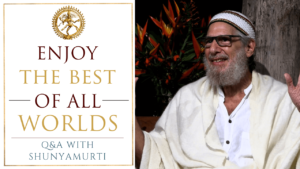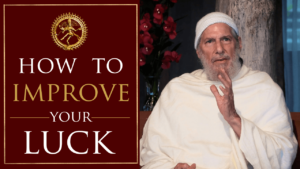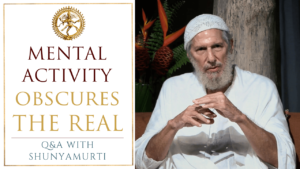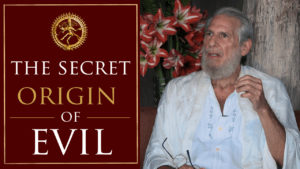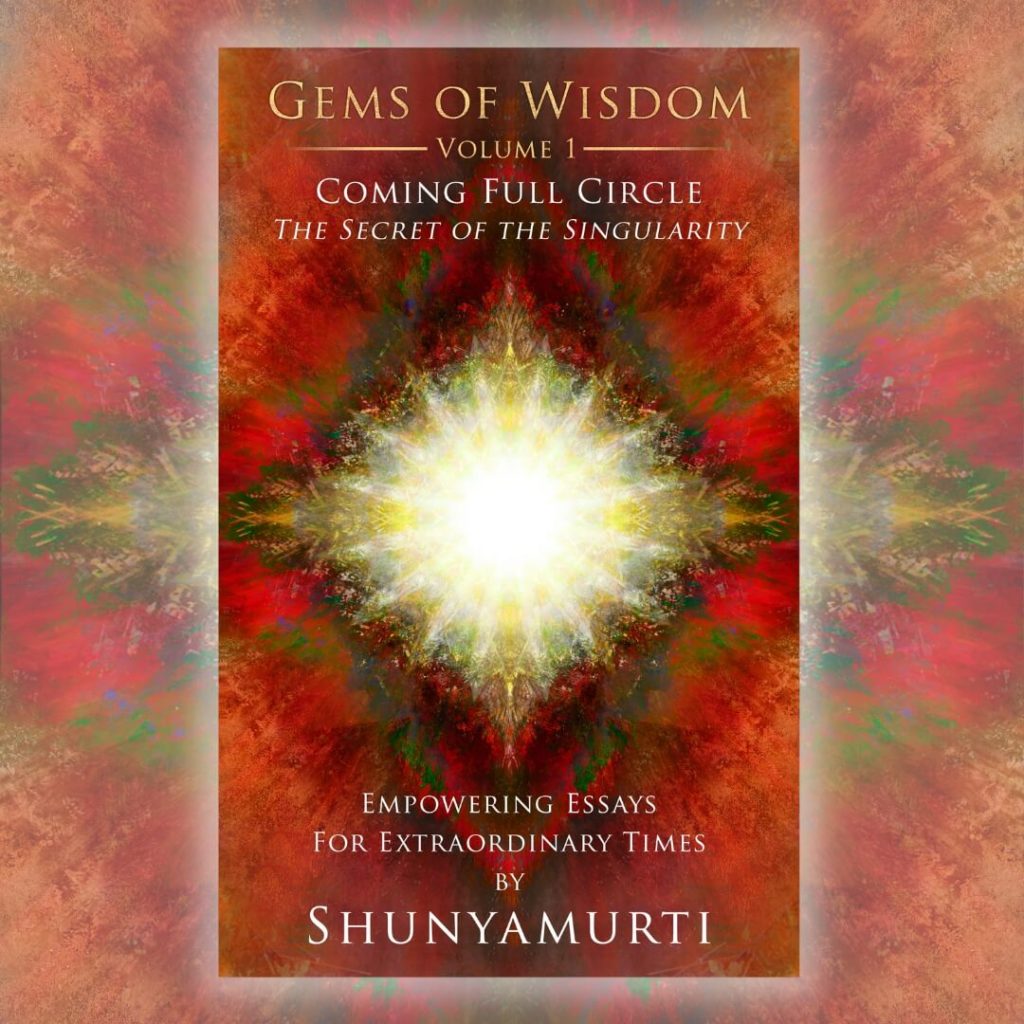By Purusha |
We screened this cult classic in our weekly movie night at the Ashram recently, which shows you how loose we are about rigid rules of watching only uplifting spiritual films, but we did our best to justify the indulgence in depravity by at least conducting a deep discussion afterward. It was followed the next morning (while we were still hung over) by a climactic teaching from Shunyamurti contextualizing the film in relation to our spiritual practice and explaining how and why we must outgrow our Big Lebowski identifications to abide in union with The Supreme Dude.
Watch the video:
Stream or download the audio:
The Big Lebowski: A Postmodern Prophet?
By Purusha |
Purusha facilitated the movie night screening and wrote this essay shared with you below:
The Supreme Dude Abides
This may be the first movie from the postmodern [1] age to have literally earned the status of “cult classic.” The film’s protagonist, the infamous Dude, otherwise known as Lebowski, an aging hippie shipwrecked in a wired world of perverse decadence, who supplements his old weed habit with his signature mix of alcoholic jouissance in the form of White Russians, still has acid flashbacks when violently assaulted by a variety of nihilists throughout the film. The strangely passive anti-hero in this rabidly narcissistic world of pseudo-adults is masterfully portrayed by Jeff Bridges, who manages to make a poverty-stricken life centered around participation in a bowling league seem cool.
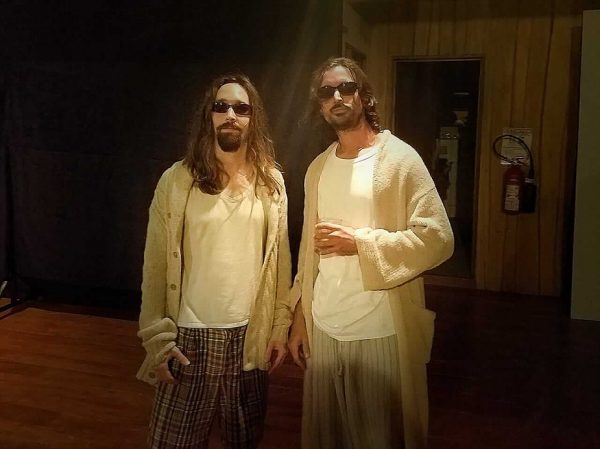
The film, by raising a lost soul without moral compass or higher calling into a paragon of inverse virtue, has literally inspired a religious movement: As of 2017, there were an estimated 450,000 ordained priests in “The Church of the Latter Day Dude.” No one at the ashram is actually a frocked Dudeist, but we have several lay practitioners, myself included.
If one does a quick internet search for religious/philosophical books analyzing Mr. Lebowski, one will discover that there is enough Dude-related literature to fill a small library:
● The Tao of the Dude: Awesome Insights of Deep Dudes from Lao Tzu to Lebowski
● The Abide Guide: Living Like Lebowski
● The Dude De Ching: A Dudeist Interpretation of the Tao Te Ching
● The Dude and the Zen Master
● The Dude’s Guide to Meditation
● Am I A Dude? (A Little Dudeist Book)
● The Big Lebowski and Philosophy: Keeping Your Mind Limber with Abiding Wisdom
● The Dude Abides: Dude See Scrolls Volume II
● The Girl From Kat-Man-Dude
But Does the Dude Really Abide?
Of the many quotable lines from this film, perhaps the most pertinent to the life of a yogi is the core claim that “the Dude abides.” But does the Dude truly abide? And what does that mean anyway? Not that I plan to answer that.
Lebowski is indeed a walking neo-zen koan for the postmodern psyche. By maintaining a calm and centered response to the madness by which he is surrounded, he provides equally lost viewers an identificatory icon to employ to help clutch at their last shreds of crypto-sanity in a world that no longer even attempts to make any sense at all. Lebowski’s event-free life is interrupted by an assault that is simply an error, as he is mistaken by armed robbers for another man by the name Lebowski, but one who is the polar opposite of the Dude.
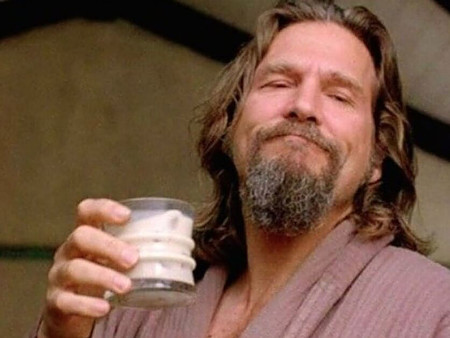
This confusion of signifiers creates the dramatic intersection of two worlds that produces the unlikely plot of the unfolding black comedy of errors that ensues.
But is the Dude just a stoned slacker left over from a bygone countercultural era when idealism still reigned, now scraping by as the world morphs all around him into ever-deeper degradation? Or is the Dude a postmodern prophet, an exemplar of non-attachment and wu-wei (a Daoist term for effortless and egoless action that is subjectively non-action) in a dying Kali Yuga [2] culture?
I confess that I have seen this film many times, and I think, alas, that the claims for the Dude’s non-attachment are greatly exaggerated, as he in fact does seem to be deeply perturbed by the events that unfold around him. Rather than responding with aplomb to the series of extraordinary and nonsensical scenarios that he is faced with, he exhibits the full range of egoic frustrations and elations, as anyone who found himself in the Dude’s flip flops might display.
The Dude in High Relief
Perhaps what makes the Dude’s nonchalance seem so unflappable is that it is constantly being thrown into sharp relief (or more accurately for the Dude, high relief) by his two buddies who function as cinematic foils: one is Donnie, played by Steve Buscemi as a scared rabbit, and the other, Walter, brilliantly captured by John Goodman, as a roaring, raging, larger than life and clearly insane Vietnam vet, ever in search of the next firefight, in a constant loveable superhero mode of berserk violence. This loose cannon is the volatile complement to the Dude’s easygoing, passive personality. But Donnie is the glue of human kindness that holds the opposites of Walter and the Dude together. His seeming non-importance in the action of the film may speak to the loss of the witness position in a nihilistic culture of sex and brutality. Donnie is forever out of the loop, asking questions but getting no answers about the escalating violent affairs in which the Dude and Walter are enmeshed.
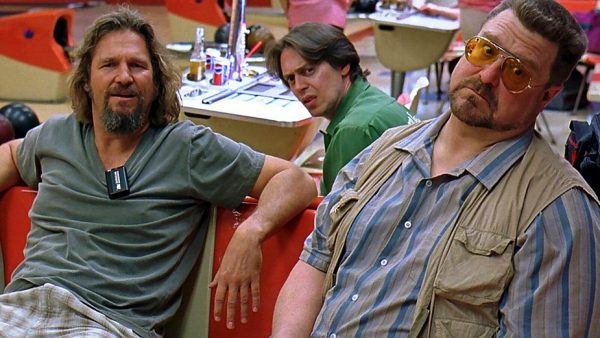
I think the key to understanding the Dude’s misperceived coolness, his capacity to “go with the flow,” is to be found in the humiliating moment that sets off the Dude’s long strange journey, which might be called “the moment of micturition”: one of the vandals who breaks into his home looking for a different Lebowski pees on the Dude’s rug, which may be the most valuable item in the fabric of his life. In that situation, the Dude had no choice but to “go with the flow,” to helplessly watch the stream of urine violate his treasured Persian carpet—so a kind of non-action that mocks a deeper Eastern philosophy was enacted. The golden trickle of fate, the final effluent of a higher culture that has trickled down through the centuries, and been replayed by Hollywood countless times from Shangri-La to La-La Land, is all summed up in the Dude’s bemused gaze upon the meaningless destruction that is the bread and butter of every blockbuster. But that’s just, like, my opinion, man.
On the other hand, perhaps the bemusement that comes of being stoned and drunk and beaten up is the only way a prophet can appear at the end of Kali Yuga, and we are being invited by the Koan brothers to transmute the fetid liquid gold into fertilizer for the soul.
In any case, why not stir yourself a white Russian and prepare yourself to get lost down the Bunny (Lebowski) hole that is the Cohen brothers’ postmodern masturbatory masterpiece, The Big Lebowski? Go ahead and watch it one more time. It’s better than going bowling, no? Or else, do the unthinkable: just sit and meditate on your own rug, and really learn to abide—as the Self.
Namaste,
Purusha
[1] For the purposes of this essay, a period from the mid twentieth century to present, characterized by a loss of traditional values, a hodgepodge culture that is without a coherent center, and a consciousness that has become fragmented and distracted
[2] The darkest period of cyclical time in the Hindu tradition

